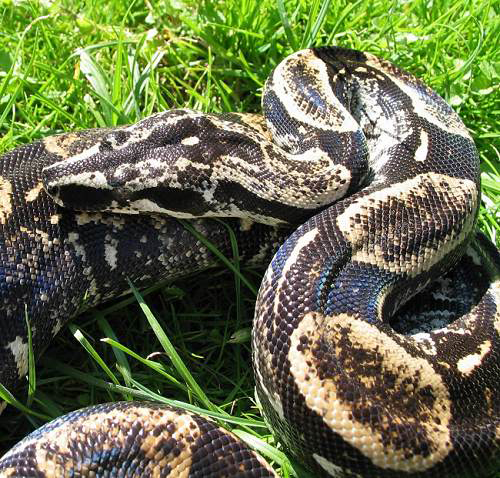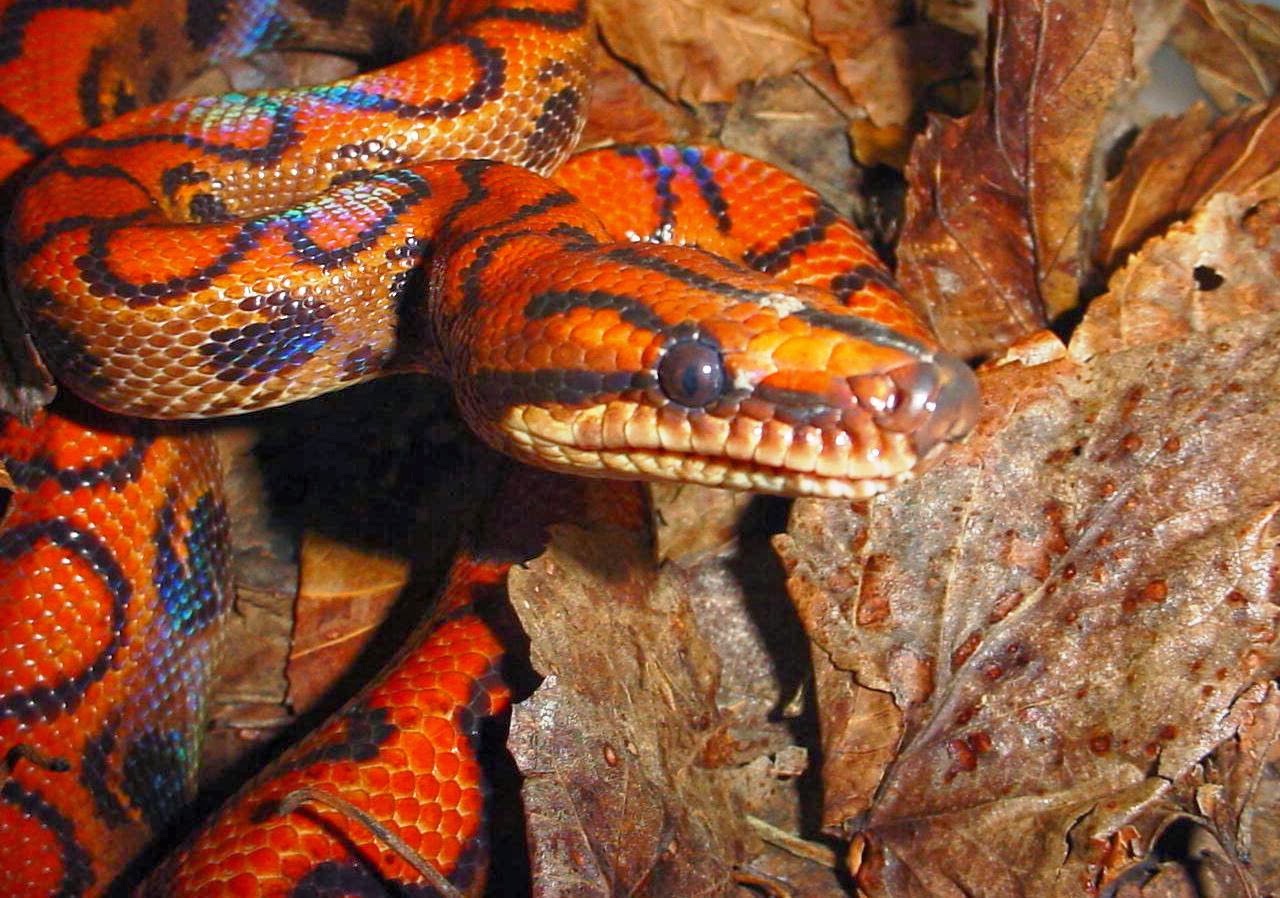

Of course, not everyone respects royalty, and these snakes are often killed and eaten by hawks, owls, coyotes, possums, and skunks.įound all over the western United States and Canada (and as far south as Guatemala), the yellow-bellied racer is a fast snake with yellow coloring on their stomach. Kingsnakes are constrictors, so they’ll wrap a rattlesnake up and suffocate them before sucking them down like spaghetti. In fact, snakes make up a large portion of their diet, and they’re largely immune to rattlesnake venom, so those reptiles have no way to defend themselves from an approaching kingsnake. They’re called kingsnakes for a good reason: Other snakes give them a ton of respect. When confronted by humans, they’ve been known to bite, hiss, and excrete musk or fecal contents from their cloaca. Like gopher snakes, they’re harmless to humans, but they’ll also mimic a rattlesnake’s tail rattle if threatened. They’re found all over California, including urban areas, so you might run into one anywhere you go. The California kingsnake is one of the most popular pet snakes, in large part due to the wild color and pattern variations that they can exhibit. California Kingsnake Image Credit: Piqsels They’re often preyed upon by foxes, red-tailed hawks, and coyotes, none of which are impressed by their rattlesnake impression.Ĥ. Gopher snakes mostly eat small rodents, such as gophers, but they’ve also been known to eat birds, eggs, lizards, and even bats. Unfortunately, since rattlesnakes sometimes lose their rattles, it’s easy to mistake gopher snakes for their more menacing cousins. When threatened, they may hiss or shake their tail like a rattlesnake this is all a bluff, though, as they’re non-venomous. They’re usually dark brown, green, or yellow, with spots and mottles all down their backs. You’ll rarely see them at elevations higher than 2,000 feet, however.
.jpg)
They prefer semi-arid areas, including flat plains with a little bit of brush for cover, so they’re commonly found in agricultural settings. Gopher snakes are found all over California, but they’re more common in the southern regions. Pacific Gopher Snake Image Credit: Matt Jeppson, Shutterstock Many animals will kill them on sight, even if they don’t eat them these include deer, antelope, cows, horses, and of course, humans.ģ.
These snakes eat birds, rodents, insects, and eggs, while birds, coyotes, bobcats, and other snakes like to eat them. Unfortunately, while the telltale rattle is the easiest way to identify these snakes, it’s not foolproof, as their rattles can break off. Dogs and other pets are more likely to get bit than humans, though. They can be found in urban environments too, with most human interactions coming on hiking trails and places of that nature. They’re typically brown or gray with blotches and bands all over their bodies, and when they’re in brush or a desert habitat, they can be almost impossible to spot. The western rattlesnake is the most common venomous snake in California, and it’s a good thing that they have rattles, because they’re experts at blending in with their environment. Despite their names, they won’t actually whip you (nor are they likely to coach you), and they typically prefer to run away rather than confront danger head-on. Some get quite aggressive, while others prefer to play dead.

There’s no telling how these snakes will react when threatened. They aren’t venomous nor are they constrictors they just grab their prey and swallow them whole.Ĭoyotes, foxes, and birds of prey will all eat coachwhips. They’ll eat just about anything that they can fit in their mouths, including lizards, mice, insects, birds, and other snakes. They like open habitats and sandy soil, and they’re often found in forests, deserts, and farmlands. They’re also known as racers because they’re extremely fast. Coachwhips are among the most common snake species in the United States, and they can be found all over California, although they’re predominantly located in the central regions.


 0 kommentar(er)
0 kommentar(er)
